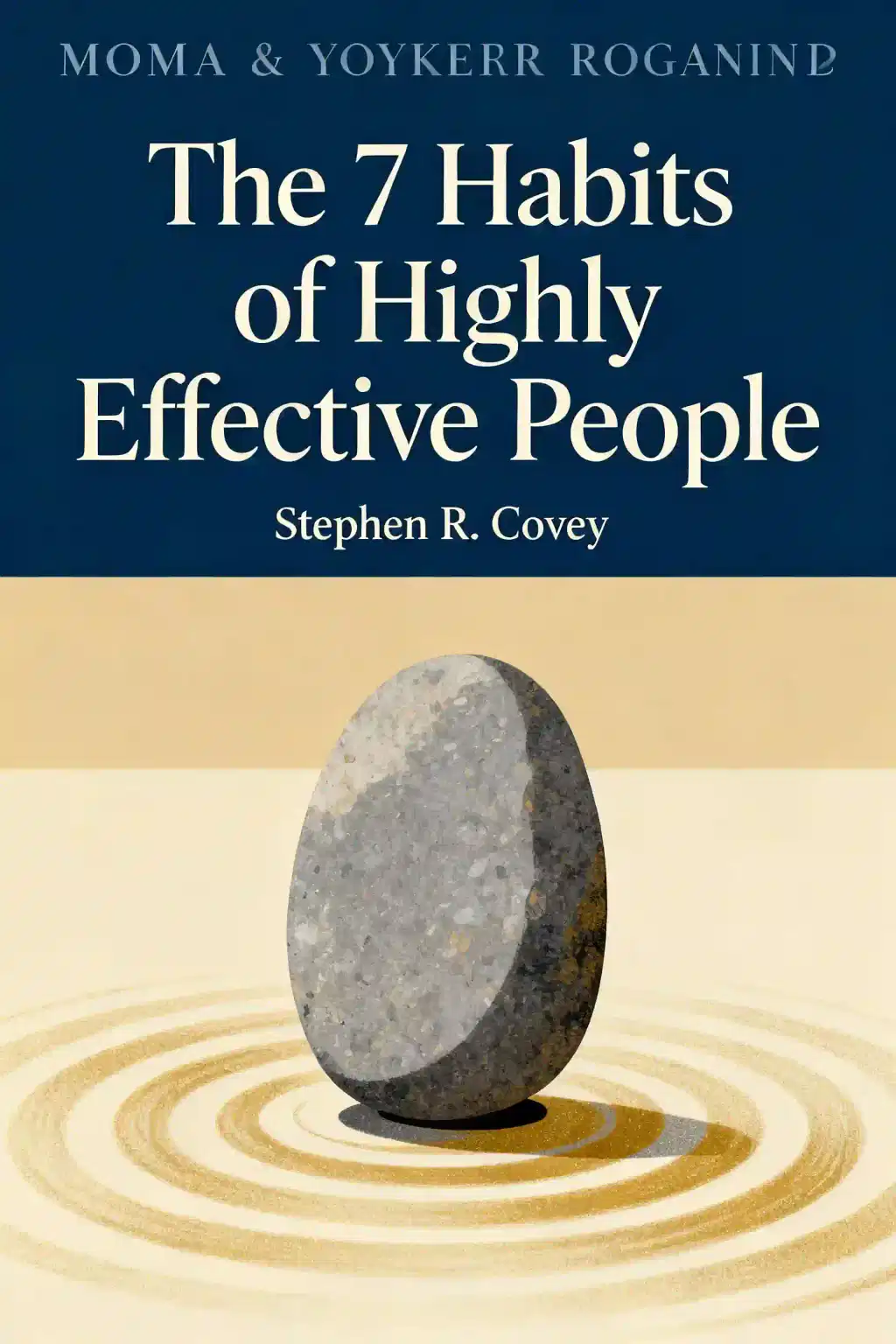What is
Crucial Accountability by Kerry Patterson about?
Crucial Accountability provides a step-by-step framework for addressing broken commitments, missed deadlines, and behavioral issues through structured accountability conversations. It teaches how to resolve conflicts permanently while preserving relationships, using methods like identifying the "key issue" causing problems and applying the CPR (Content, Pattern, Relationship) model. The book emphasizes preparation, empathy, and addressing root causes rather than symptoms.
Who should read
Crucial Accountability?
Leaders, managers, frontline employees, parents, and anyone needing to hold others accountable in personal or professional settings will benefit. The book is particularly valuable for those managing teams, resolving workplace conflicts, or navigating family dynamics. Emory University’s HR department recommends it for roles requiring influencing others without formal authority.
Is
Crucial Accountability worth reading?
Yes, it’s praised for its actionable strategies and real-world applications. Endorsed by Stephen Covey and Ken Blanchard, the book offers tools to improve organizational performance and personal relationships. Its focus on dialogue over confrontation makes it a standout resource for resolving recurring issues.
What is the CPR model in
Crucial Accountability?
The CPR model (Content, Pattern, Relationship) helps identify escalating accountability issues. Content addresses a single violation (e.g., missed deadline), Pattern highlights repeated offenses, and Relationship deals with eroded trust. For example, a teen breaking curfew first faces content-based consequences, but repeated violations shift the focus to patterns and relational damage.
How does
Crucial Accountability address motivation barriers?
The book outlines the Six Sources of Influence to diagnose why someone fails to meet expectations. These include personal motivation, ability gaps, and external factors like social or structural barriers. By addressing all three areas, managers can create sustainable behavioral change rather than temporary fixes.
What are the key steps for preparing an accountability conversation?
- Identify the root cause behind the issue.
- Avoid assumptions by considering the other person’s perspective.
- Decide if the issue is worth addressing based on its impact.
The authors warn against conflating multiple grievances and stress focusing on the core problem.
How does
Crucial Accountability compare to
Crucial Conversations?
While Crucial Conversations focuses on high-stakes dialogues broadly, Crucial Accountability specializes in resolving repeated accountability failures. It builds on the earlier work by adding frameworks like CPR and the Six Sources of Influence, making it a natural follow-up for those seeking targeted conflict-resolution tools.
What criticisms exist about
Crucial Accountability?
Some reviewers note the book offers limited guidance for organizations with deeply ingrained accountability issues. While it excels at individual-level strategies, readers seeking systemic cultural change may need supplementary resources.
How can
Crucial Accountability improve workplace performance?
By teaching managers to address underperformance early and constructively, the book reduces resentment and inconsistency. For example, using “natural consequences” (e.g., explaining how missed deadlines affect team morale) motivates employees without relying on authority.
What is a key quote from
Crucial Accountability?
While direct quotes aren’t provided in sources, the authors emphasize: “When you talk about accountability, talk about the pattern of behavior—not just the single instance.” This approach prevents defensiveness by framing issues as systemic rather than personal.
How does
Crucial Accountability handle recurring problems?
It advises escalating conversations using the CPR model. For example, if an employee repeatedly submits late reports:
- Content: Discuss the missed deadline.
- Pattern: Address the habit.
- Relationship: Repair trust through mutual solutions.
Why is
Crucial Accountability relevant in 2025?
With remote work and matrixed teams complicating accountability, the book’s focus on clear communication remains critical. Its strategies align with modern needs for empathy-driven leadership and collaborative problem-solving in hybrid environments.














